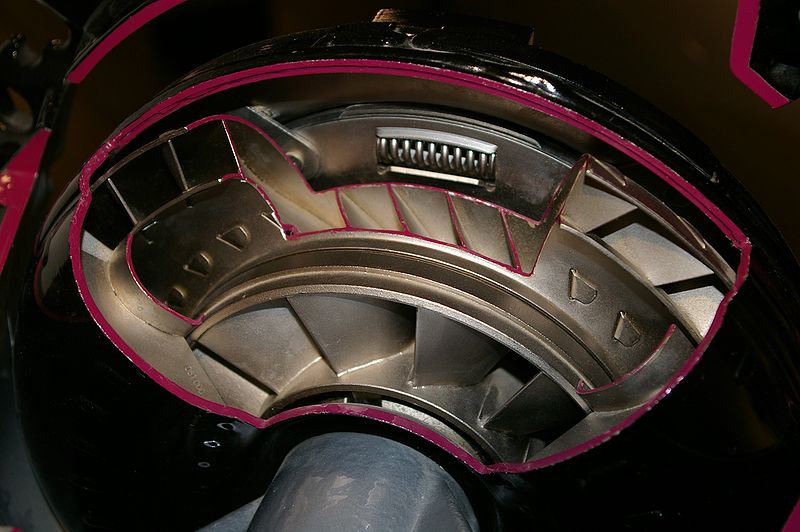(1)quality and depenability and having the part match the application is far more important than price, find a decent product with a good track record and satisfied customers
(2)install the tq converter per manufacturers specs
(3)your rear gear ratio MUST match the engines power band
(4)a tq converter that fails can easily destroy your transmission, DON,T SHOP PRICE ALONE, GET A WRITTEN GARAUNTEE, IT may not be worth much but it helps at times, RESEARCH the companys reputation and track record
(5)USE A GOOD TRANS COOLER
(6) compare features, anti balloning plates and custom built converters tend to be better than stock or slightly modded stock converters rebuilds sold as high performance converters
this takes some detailed info
the quality of manufacture and the basic design of the converter has a huge influeance on the results, youll see.
now your stock converter has about a 1800-2100 rpm stall, depending on the option, and year and engine in a c4.
naturally the CAM you sellect should match the compression and rear gear and stall speed to take full advantage of the usable tq band.
and as Im sure your aware the car moves fine without reaching that rpm range under light accelleration, swapping to a higher stall converter will allow the engine rpms to build up too the stall speed far faster and will tend to allow the average rpms to be higher before the car moves BUT thats NOT the same thing as needing to rev the engine far higher before the car moves, its more like you have a clutch your controlling with how hard and fast the engines rpms build, and YOUR in control of that RATE.
your transmission SHIFTS at a PROGRAMED OR SET RPM under full accelleration, which limits your effective use of the reachable rpm band, and your valve train tends to be rpm limited. BOTH tend to limit a stock engine to under about 6200rpm max.
the rear gear ratio and CONVERTER STALL dictates the basic TIME that your engine spends between gear shifts and the rate at which the rpms build and the speed the tires rpm reaches in relation to the engine rpms, and the mechanical multiplication of that torque. ITS A BALLANCING ACT OR COMPROMIZE!
theres lots of info here, but the basic facts are the HIGHER the AVERAGE RPM BAND and THE HIGHER the average TORQUE CURVE the faster you can apply the hp thru gearing
gear spread sheet that comes in handy THANKS TO 1FATGMC
http://purplesagetradingpost.com/sumner/bvillecar/bville-spreadsheet-index.html
HERES OTHER INFO LINKS
http://www.wallaceracing.com/reargear.htm
http://users.erols.com/srweiss/calcmph.htm
http://users.erols.com/srweiss/calcrpm.htm
http://users.erols.com/srweiss/calcrgr.htm
http://users.erols.com/srweiss/transc.htm#tabtop
http://users.erols.com/srweiss/transc.htm#Auto
http://www.thirdgen.org/calculations
http://www.revsearch.com/dynamometer/torque_vs_horsepower.html
http://vettenet.org/torquehp.html
LOOK heres a DYNO CHART
if you built this engine (power curve above)and stuck it in a stock vette with stock gears it would be a DOG! compared to the same vette with a 3.73:1 rear gear and a 3200rpm stall and a trans set too shift at 6000-6200rpm simply because youll be limited to an rpm range, thats far below peak or even the most efficient rpm range and youll spend far to much time in the lower non-productive rpm band.
swapping to the higher stall and 3.73:1 rear gear (the highest most vette differentials easily acommadate) moves the EFFECTIVE AVERAGE rpm band hundreds of rpms HIGHER makeing the effective power reaching the wheels far higher
then theres the torque multiplication
use that dyno curve in a stock drivetrain and youll probably average 350-370 ft lbs times a 2.57:1 ratio or about 925 ft lbs of tq at the rear wheels
use the higher stall and gearing and your more likely to see an average of 420 ft lbs time 3.73:1 gearing and have closer to 1550 ft lbs at the rear wheels on avearage


